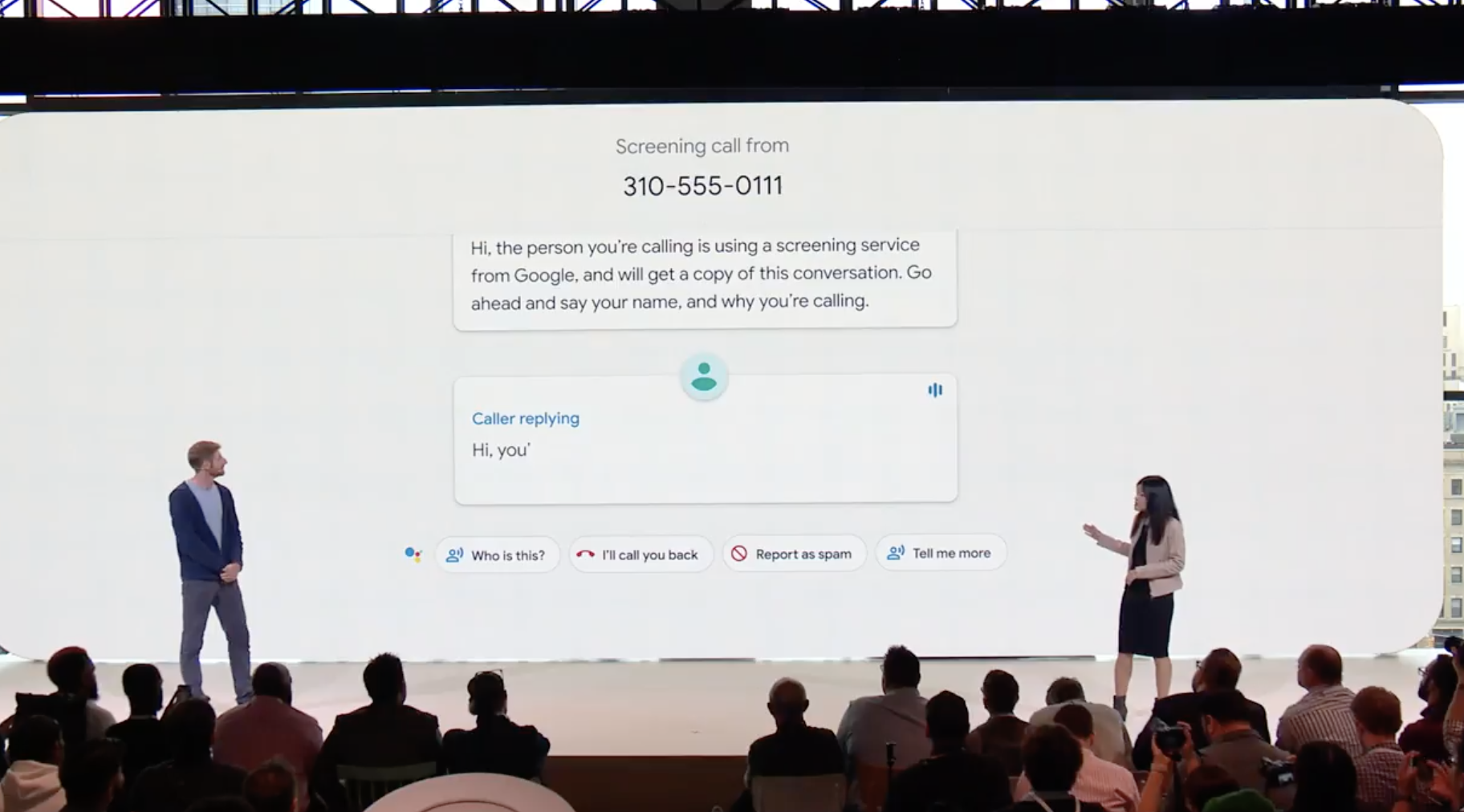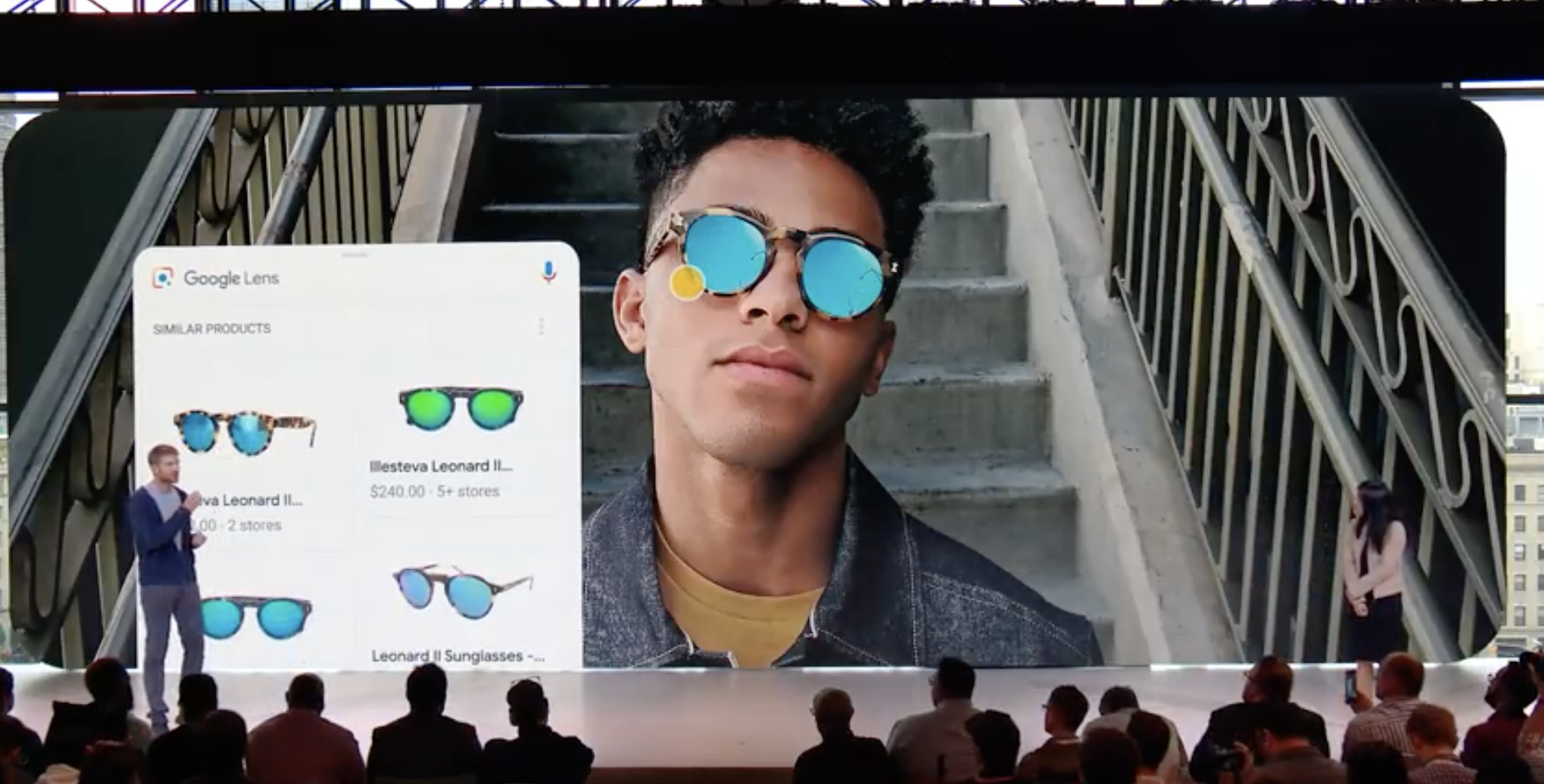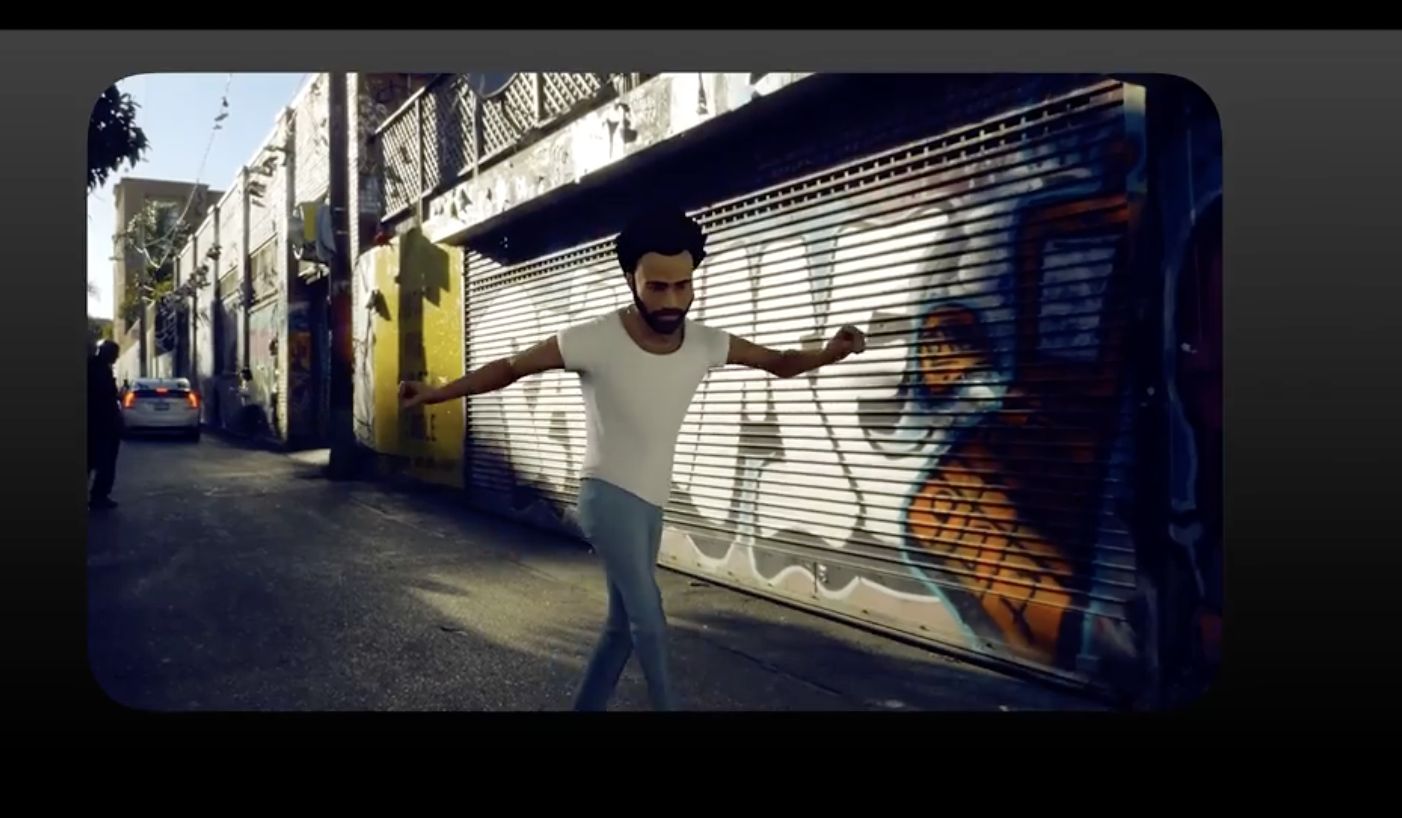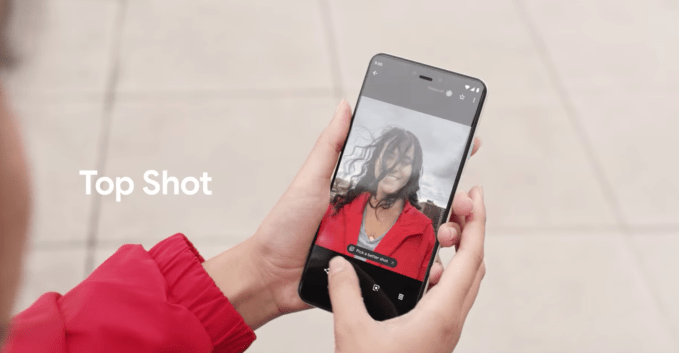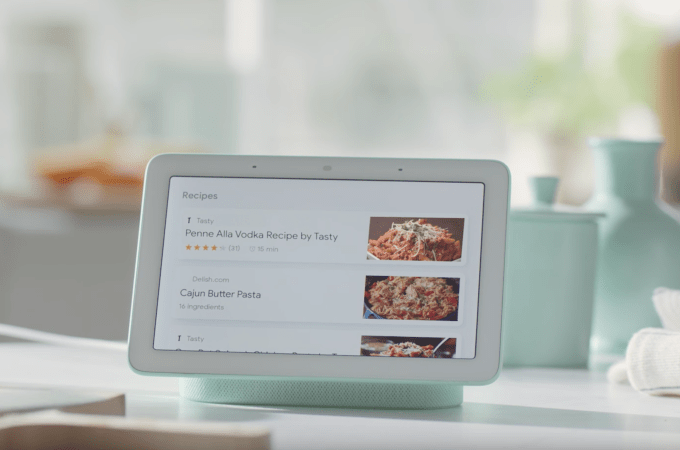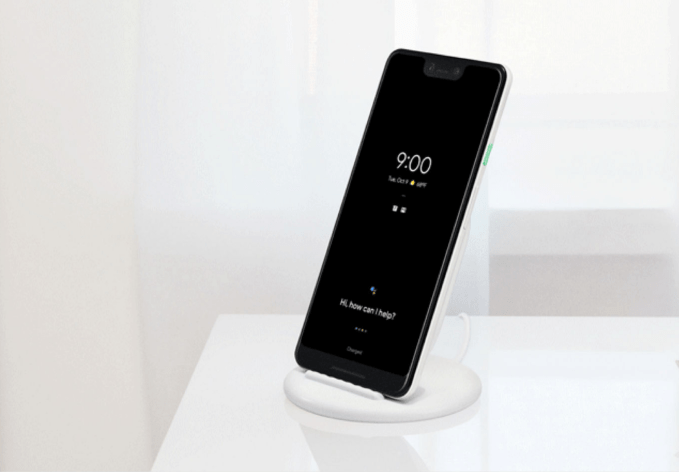So you need a new phone do ya? Well as is the case each year there are some hot new pieces of metal and glass out there from Apple and Google and to make sense of how they stack up against each other we’ve got some fine comparison details here for you.
This was an iterative year for both the iPhone and Pixel lines. The most notable upgrade for the iPhone XS was the introduction of the Pixel XS Max which balloons the screen size, but otherwise the main differences come in the computational photography tweaks to the camera which Apple has lagged behind Google in. Google’s new phone had a rather leaky introduction but pulled off an interesting release with some camera features we’ll be tempted to check out in more depth once review units come in.
This isn’t the fairest of fights as we’ve had some flesh and blood time to examine the iPhone XS warts and all while the Pixel 3 is a shiny new enigma that we’re kind of taking Google at their word for until we can stress test the little bugger.
Here’s a bare bones view at the specs you really should be caring abour: display, rear camera and price.
![]()
Pixel 3
- Starts at $799 (64 GB)
- 5.5 inch 443 ppi OLED screen
- 12.2MP “dual-pixel” rear camera
Pixel 3 XL
- Starts at $899 (64 GB)
- 6.3 inch 523ppi OLED screen
- 12.2MP “dual-pixel” rear camera

iPhone XS
- Starts at $999 (64 GB)
- 5.8 inch 458ppi OLED screen
- Dual 12MP wide-angle and telephoto cameras
iPhone XS Max
- Starts at $1099 (64 GB)
- 6.5 inch 458ppi OLED screen
- Dual 12MP wide-angle and telephoto cameras
First off, if you’re strapped for cash or more accurately just want to be more responsible with the cash you do have, the price tags of these devices communicate some loud differences. The Pixel 3 and Pixel 3 XL go for $200 less than the iPhone XS and iPhone XS Max respectively. Paying $1000 for a phone is wild but it’s the world we live in and honestly given the amount of quality time we spend with our phones, it’s some of the more functional coinage you’ll be spending.
In terms of displays, the Pixel 3 is un-notched while the Pixel 3 XL, iPhone XS and iPhone XS Max all have the little bulbous feature. If you hate the notch, you’re probably going to have to adapt and embrace it for at least a generation or two, but the Pixel 3 gives you a chance to kick that can down the road. These are big devices with big displays though in terms of sheer size, the iPhone still hold a much more substantial screen-to-body ratio. While the smaller and larger phones are very comparable in sheer size, the OLED on the iPhone squeezes out the extra fractions of an inch that bring the display right up to the edge.
Based on design, it depends on your preference or whatever, but I definitely think the iPhone XS has the upper-hand here. It’s a premium phone with premium heft because of its more premium price.
It’s again worth reiterating that the Pixel 3 XL and iPhone XS Max are both giant phones but the Pixel 3 XL is a hair smaller by manner of width and nearly an entire ounce lighter. Here’s a dimensions break down of the different devices.
![]()
- Pixel 3
5.7″ height x 2.7″ width x 0.3″ depth (148 grams) - Pixel 3 XL
6.2″ height x 3.0″. width x 0.3″ depth (184 grams) - iPhone XS
5.65″ height x 2.79″ width x 0.3″ depth (177 grams) - iPhone XS Max
6.2″ height x 3.05″ width x 0.3″ depth (208 grams)
The spec that’s least helpful up above is the camera hardware because Apple and Google are increasingly shifting focus to camera software tweaks as their distinguishing marks. It is fascinating that Google is maintaining the single rear camera solution given the real potential dual lenses open up, including wild features like the iPhone XS depth-of-field adjustments. But the lack of dual lenses on the back of the phone didn’t stop Google from highlighting some of the new camera features they’re opening up including what they’re calling Night Sight which promises extremely good low-light performance strengthened by machine learning. I’m skeptical but given how stellar the Pixel 2’s camera has proven, I’m sure they have something unique there.
More here on the Pixel 3 camera announcements:
And here’s our iPhone XS review for some camera details there:
There a bunch of other specs that you can find on the Pixel 3 and iPhone XS product pages, but when shopping for a phone in 2018, tech specs of flagship phones are telling you less and less about where the major differences actually lie. We’ll have more thoughts on the Pixel 3 and Google’s performance claims when it comes out later next week but if you’re hankering to smash that pre-order button ponder your options and check that bank account.
from Apple – TechCrunch https://ift.tt/2yqxij0

